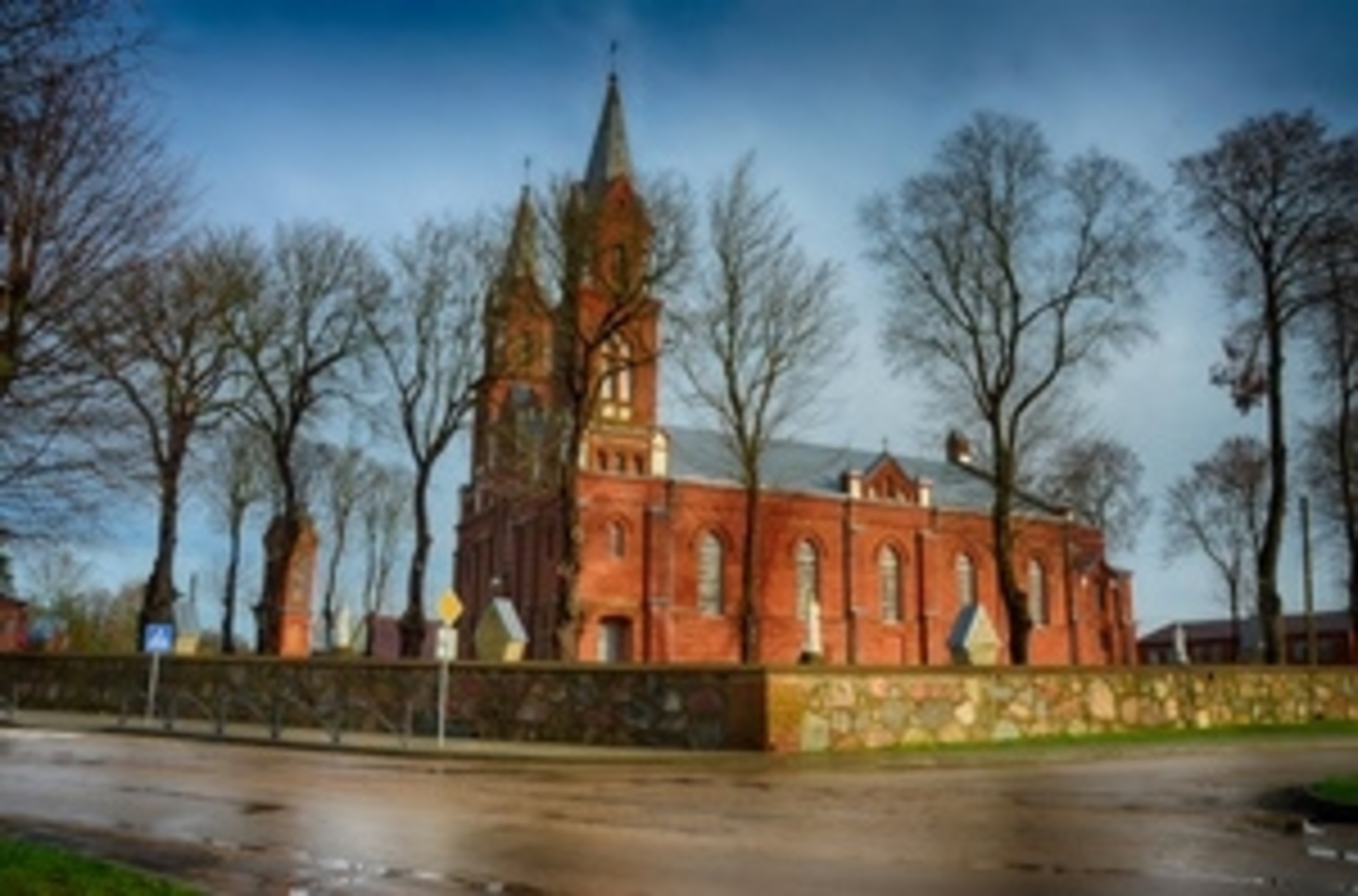Ylakiai Church of the Annunciation of the Blessed Virgin Mary

109

0

0
The town of Ylakiai, founded in 1568, is known for its rich history and church. In the 18th century, it was governed by the Sapieha princes, who contributed to the construction of the first church. A wooden cross-shaped church was built here in 1701, and in 1894, a new brick church combining Romanesque and Gothic architectural elements was erected. Today, the church, named the Church of the Annunciation of the Blessed Virgin Mary, is a cultural heritage site included in Lithuania’s list of protected objects. Important religious festivals, such as the feast days of St. George and St. Matthew, are still celebrated here.
Info
-

Religious Heritage
-

 Entertainment
Entertainment
 Food establishments
Food establishments





























 56.279063, 21.856916
56.279063, 21.856916
 Get directions
Get directions









